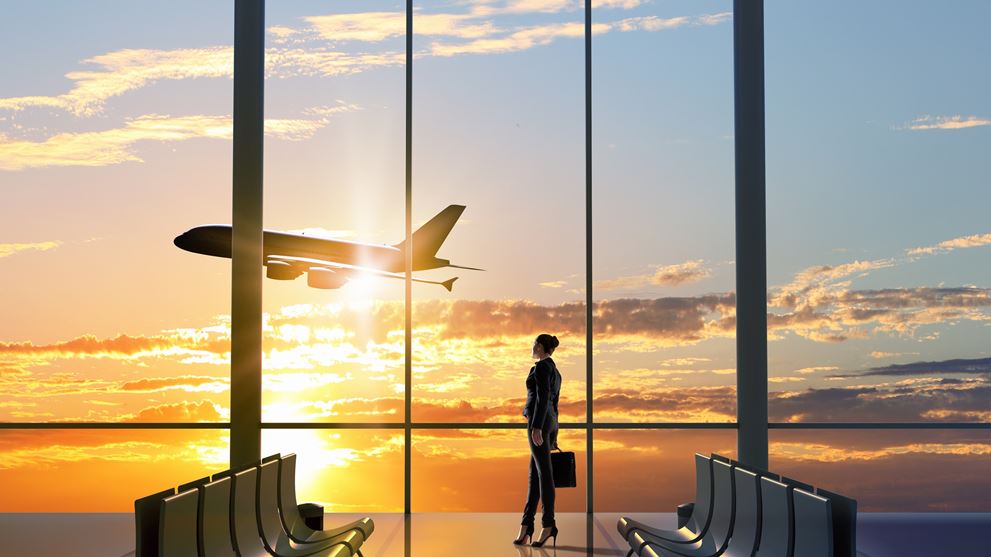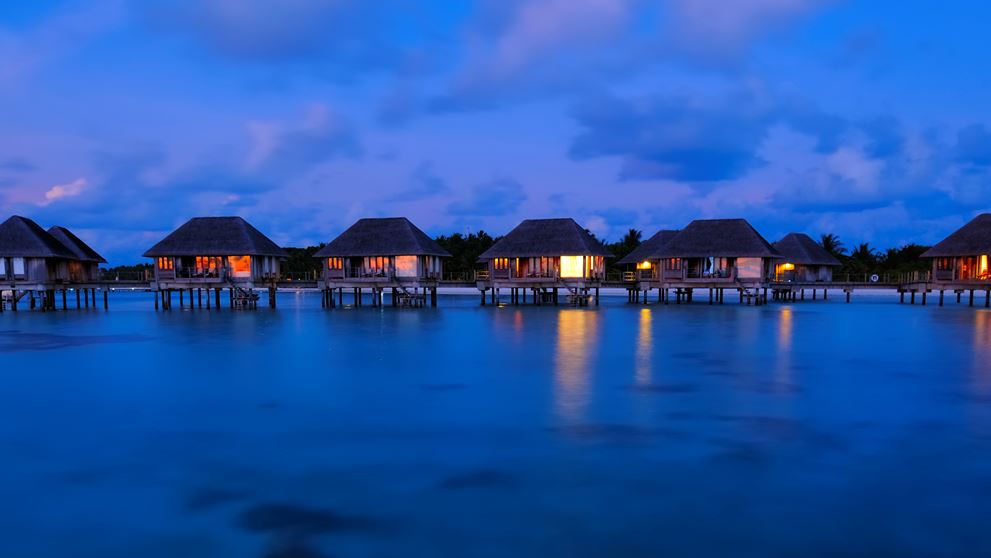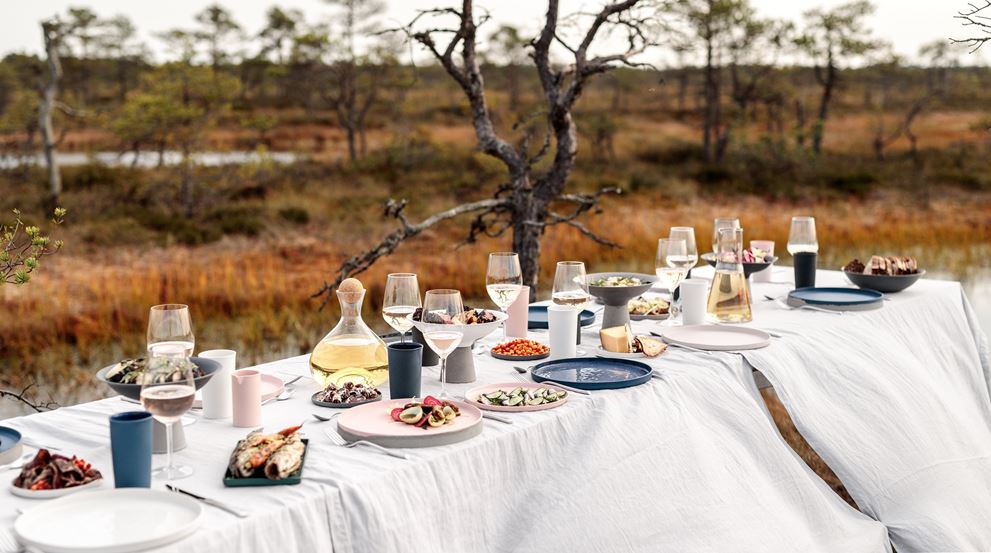Latest news
04/12/2025 ECTAA welcomes balanced compromise in Package Travel Directive agreement
ECTAA welcomes the provisional agreement reached on 2 December in the trilogue negotiations on the revision of the Package Travel Directive (PTD). The outcome represents a balanced and pragmatic compromise that takes into account several concerns raised by Europe’s travel industry and helps ensure that travellers can continue to benefit from a highly protected and reliable travel product.
17/11/2025 Tourism Professionals Convene in Rabat for ECTAA’s 131st Semi-Annual Meeting
Travel agent and tour operator representatives from across Europe gather in Rabat, Morocco, for the semi-annual meeting of ECTAA from 17–18 November 2025 to discuss industry trends and regulatory changes, while also taking the opportunity to explore Morocco—a key destination for many European travelers due to its growing popularity and rich cultural appeal.
ECTAA’s meeting highlights the association’s ongoing commitment to strengthening Euro-Mediterranean tourism ties and promoting Morocco as a leading tourist hub in the region.
On behalf of the European Tourism Industry Coalition, representing a broad ecosystem of travel and tourism businesses across Europe, we wish to express our collective position on key issues currently under discussion during the trilogue negotiations on the revision of the Package Travel Directive (PTD).
The tourism industry plays a vital role in Europe’s economy.Almost 1 in 13 enterprises in the EU business economy belonged to tourism industries, employing 12.3 million persons, fostering regional development, and contributing to Europe’s global competitiveness. Any revision of the PTD must therefore ensure legal clarity, proportionality, and a harmonised internal market, avoiding unnecessary administrative burdens that could undermine the sector’s recovery and resilience.
The ECTAA Travel Distribution Summit is the leading European platform dedicated to shaping the future of travel distribution. It aims to share knowledge, foster high-value B2B networking, and demonstrate to EU decision-makers the diversity, complexity and innovation that define today’s travel industry. Attending the Summit offers unparalleled B2B connectivity for executives, solution providers and policy-makers to exchange views on the policies, technologies, and business models that will define tomorrow’s travel marketplace.
More information are available on our dedicated webpage








